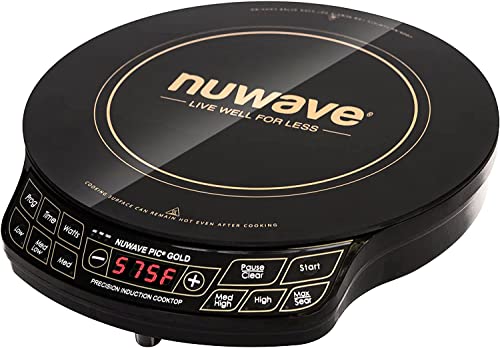WanderingCanuck
Well-known member
John61CT said:Pro Tip to get more / better responses:
Best to ask a small number of questions on just one topic at a time, as specific as possible, relevant background details all in one post, don't assume we remember stuff from past (huge) posts (take too long).
TL;DR make things as easy as possible for helpers to help
Thanks, John. Though I'm new to this forum, I'm "old hat" on many others. Before signing up it seemed like there were lots of helpful and patient people here, and I hope that remains the case.
As much as I try to stay on topic, there are so many things that interrelate while trying to consider the big picture.
That said, aside from being told that what I'm trying to do is difficult (my interpretation so far), no one has given me anything really concrete - which is what I'm really looking for. If it wasn't difficult, I wouldn't be asking for advice and assistance from those of you who clearly have more knowledge and experience than I do.









































































